By connecting artifacts and images in the historical process of the eras, the live performances of artisans, the exhibition and display of " Binh Thuan Heritage connecting regions" at the foot of Po Sah Inu tower, Phu Hai ward (Phan Thiet city) these days have attracted many tourists, especially students to visit and learn.
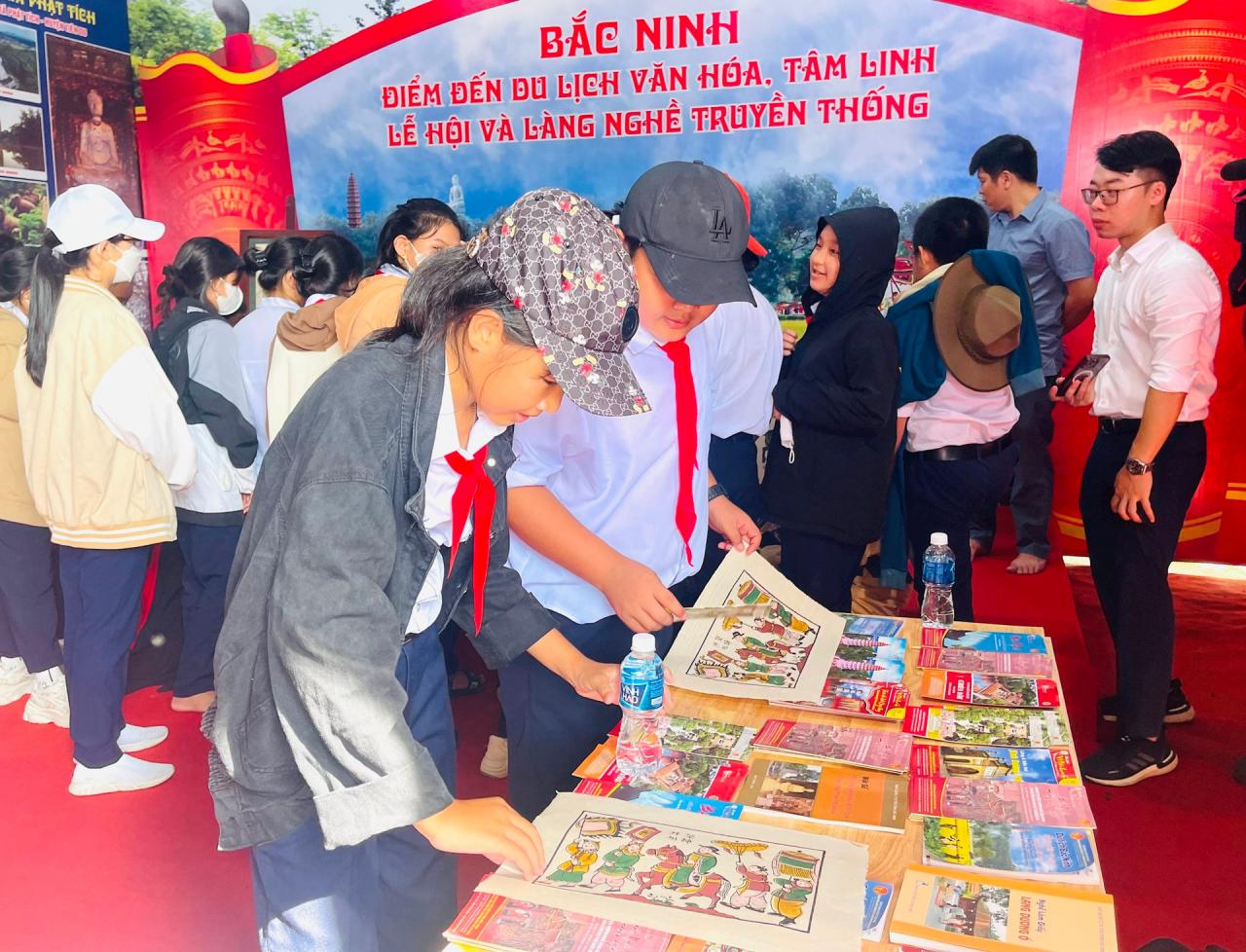
Enthusiastically watching artisans in Bac Ninh instructing visitors to print Dong Ho paintings. Thao Nguyen (grade 10, Phan Boi Chau High School) and her family in Phu Tai Ward, Phan Thiet City, went up to the tower to visit and shared: Dong Ho paintings are one of the famous folk paintings of Vietnam. I have not been to the North to visit the craft village, but through the introduction of the artisans, I understand that to complete a Dong Ho painting, it takes a lot of time and there must be a few craftsmen who specialize in making ink and paper. The colors are all taken from natural materials, that is, black from burning bamboo leaves to get charcoal; green from cajuput bark and leaves; yellow from sophora flowers; bright red from the trunk and roots of vang trees; paint from mountain gravel; white from mulberry... These practical experiences help me understand that each land has its own unique folk color, interesting to explore and learn.
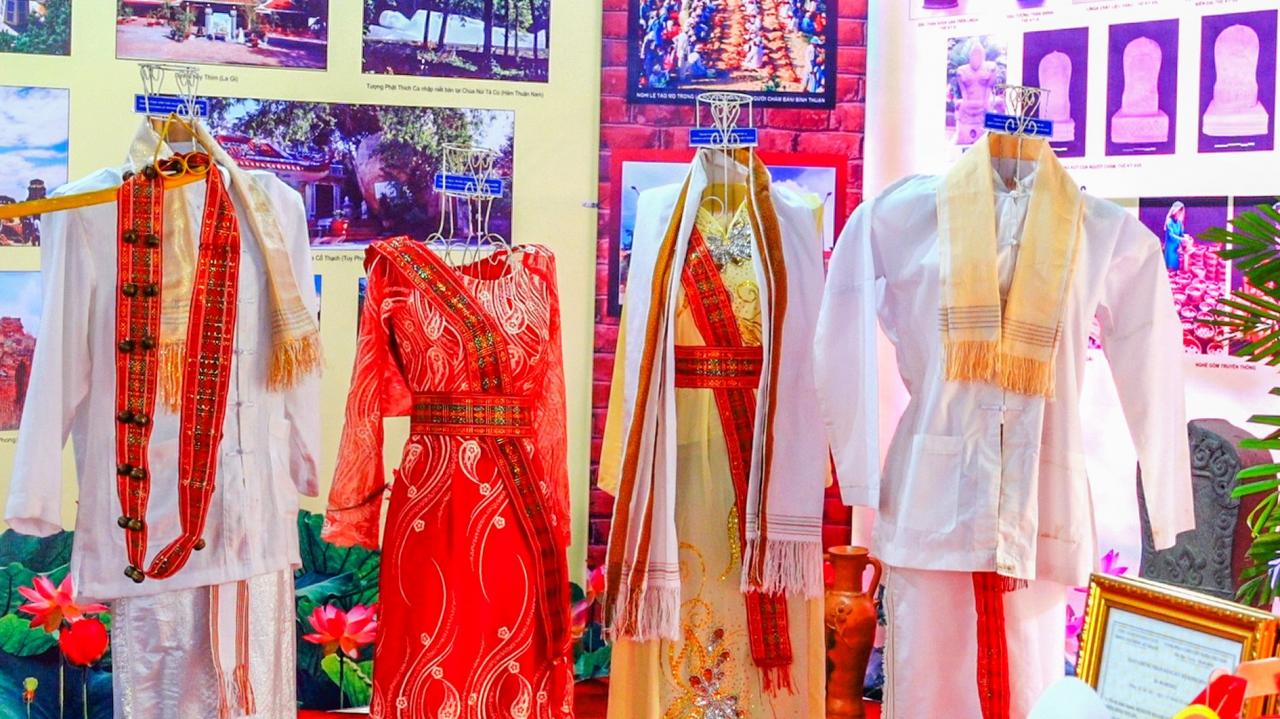
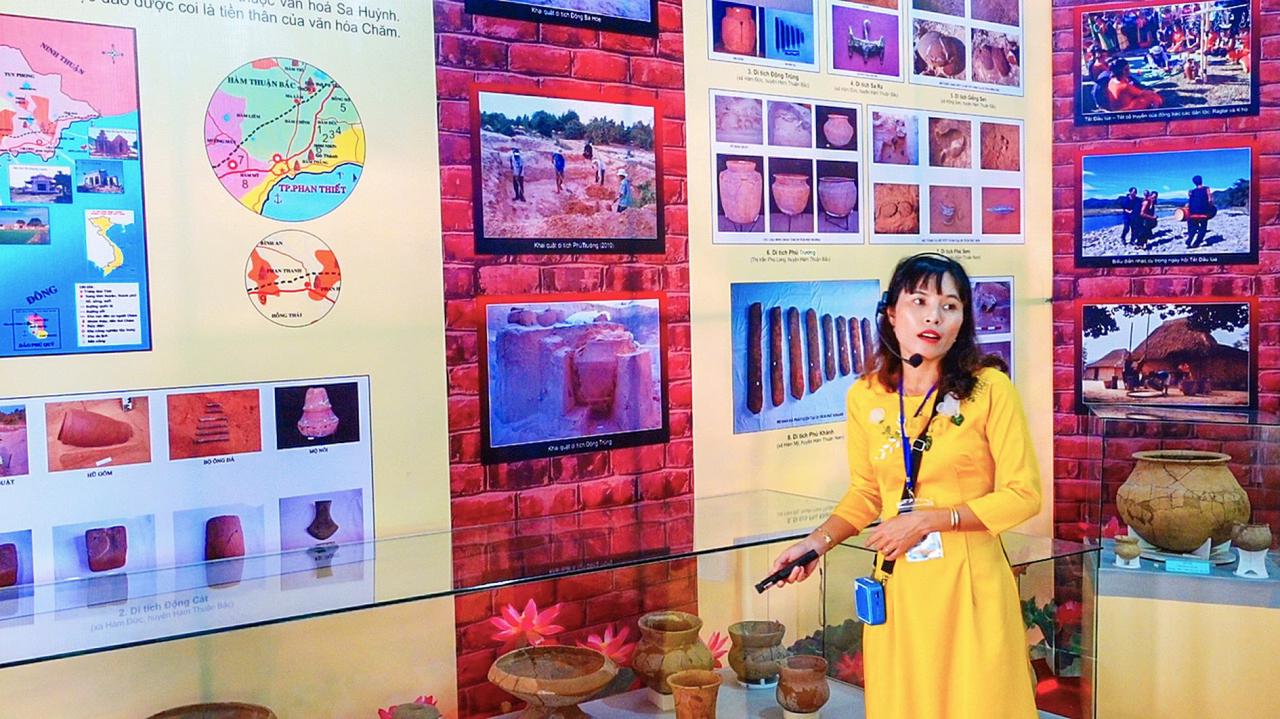
In the exhibition space, we also met many students of Nguyen Thong Secondary School (Phan Thiet City), led by Ms. Nguyen Thi Thu Canh - the school's Team Leader. Ms. Thu Canh said: If 45 minutes in class is only enough for students to access images through slideshows and documents in textbooks, then with experiential activities at the museum, visiting, and experiencing reality, students are exposed to real artifacts, thereby deepening their knowledge and making history closer and more vivid for students.
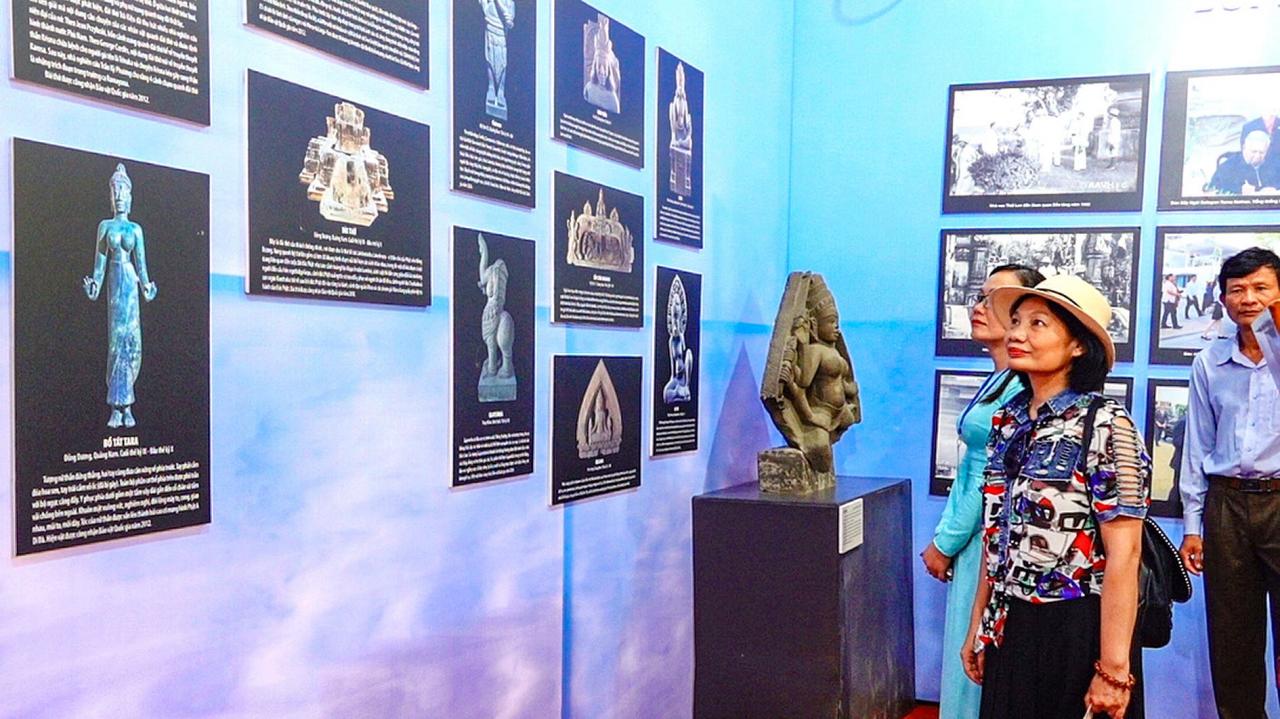
Not only parents and students in the province, but also many families in other provinces choose historical sites to visit Po Sah Inu to learn about during the National Day holiday on September 2 this year. Mr. Nguyen Manh Ha ( Phu Yen ) said: “Our group has 6 students who are studying and often choose to travel and visit historical sites and scenic spots associated with traditional culture. Just stepping to the foot of the tower, we heard the lyrical and soulful folk songs of the Bac Ninh Quan Ho singers "holding our feet". Then we saw with our own eyes the artifacts in the daily life and activities of the Cham people. The image of Cham women making pottery, weaving... a very unique and meaningful cultural space, connecting the ethnic groups".
Especially in this exhibition, the children can see more clearly the rich and diverse Cham and Kinh cultures from the 10th to 19th centuries. There is an exchange between the Cham culture of Binh Thuan and the Cham people living in other regions or the interweaving of the Dong Nai River culture with the Da Kai culture of Binh Thuan through the labor tools and jewelry of ethnic women...
The exhibitions have contributed to improving the quality of history teaching in schools, arousing national pride. To see that Vietnamese culture is the result of thousands of years of creative labor, resilient struggle to build and defend the country. It is the result of exchanging and absorbing the quintessence of many world civilizations for continuous improvement. Vietnamese culture has forged the Vietnamese soul, spirit, and character, making the glorious history of the nation shine.
Source


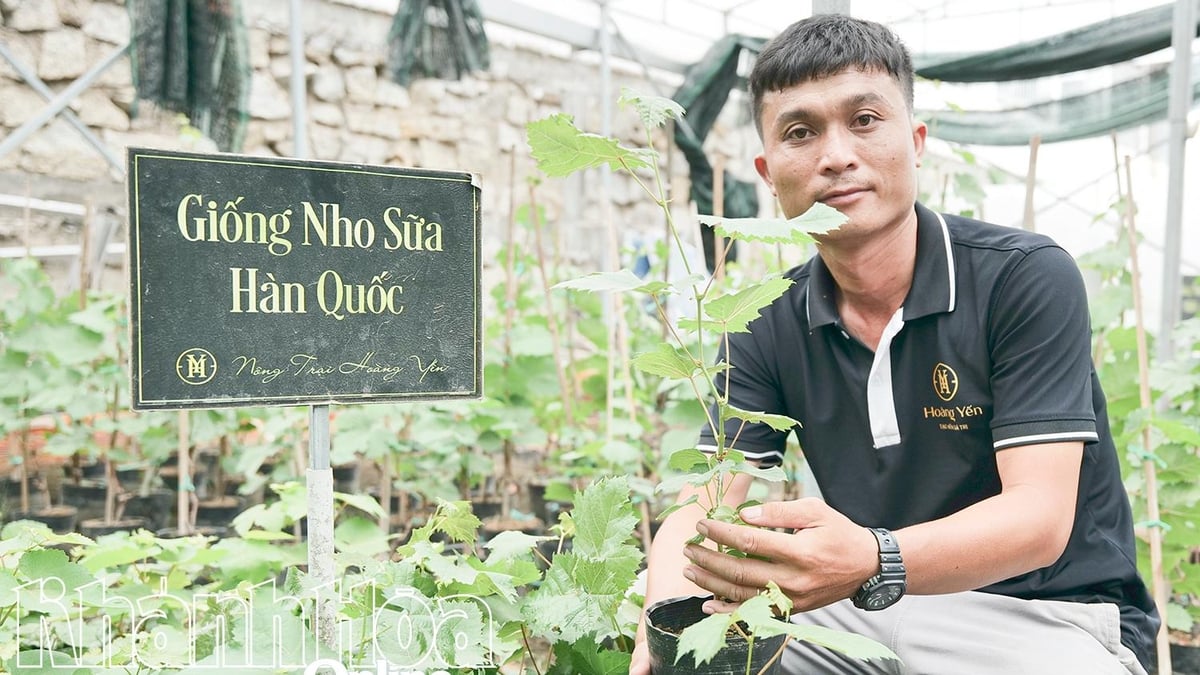
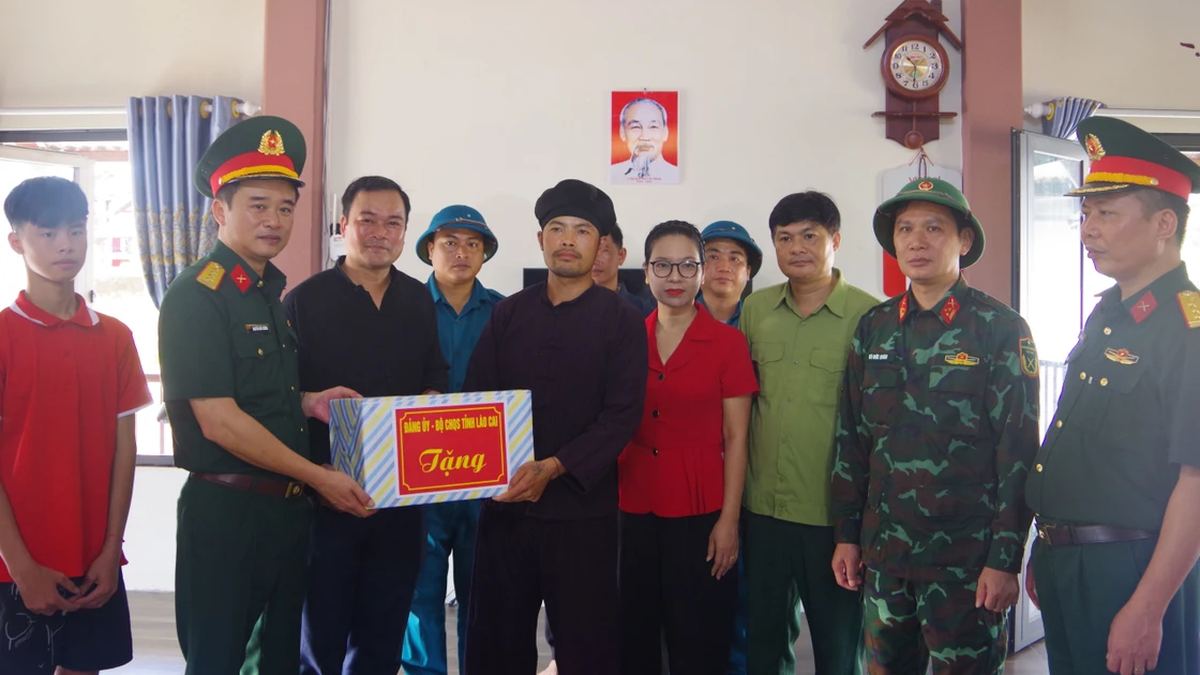

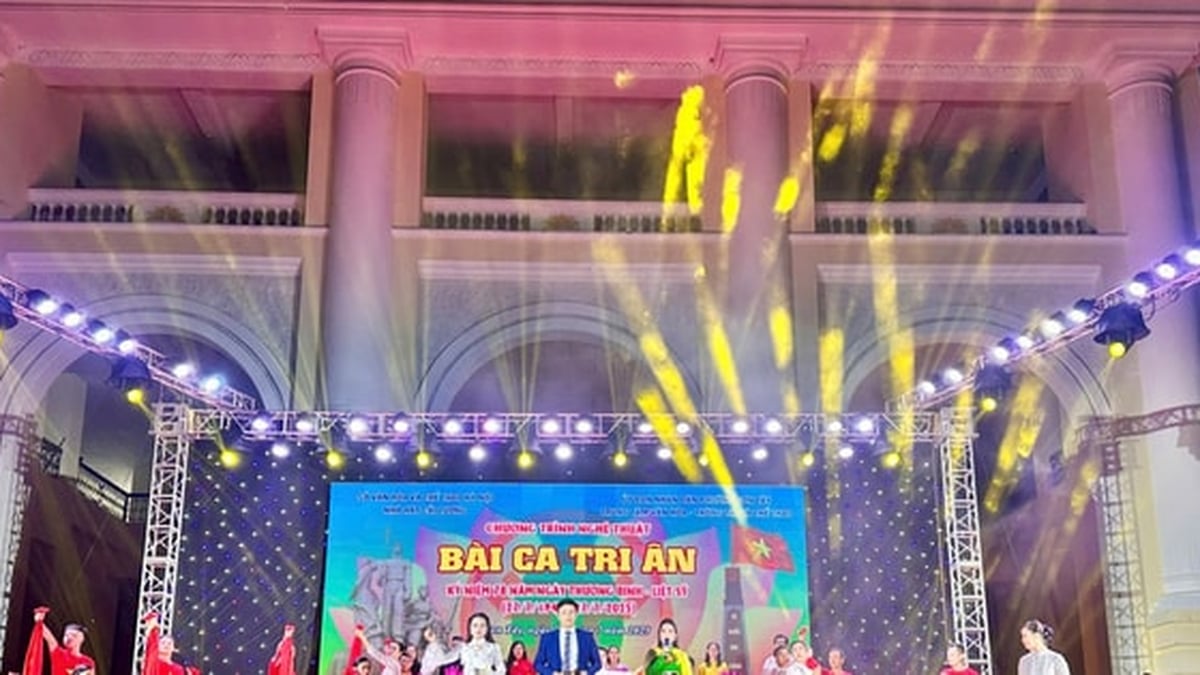
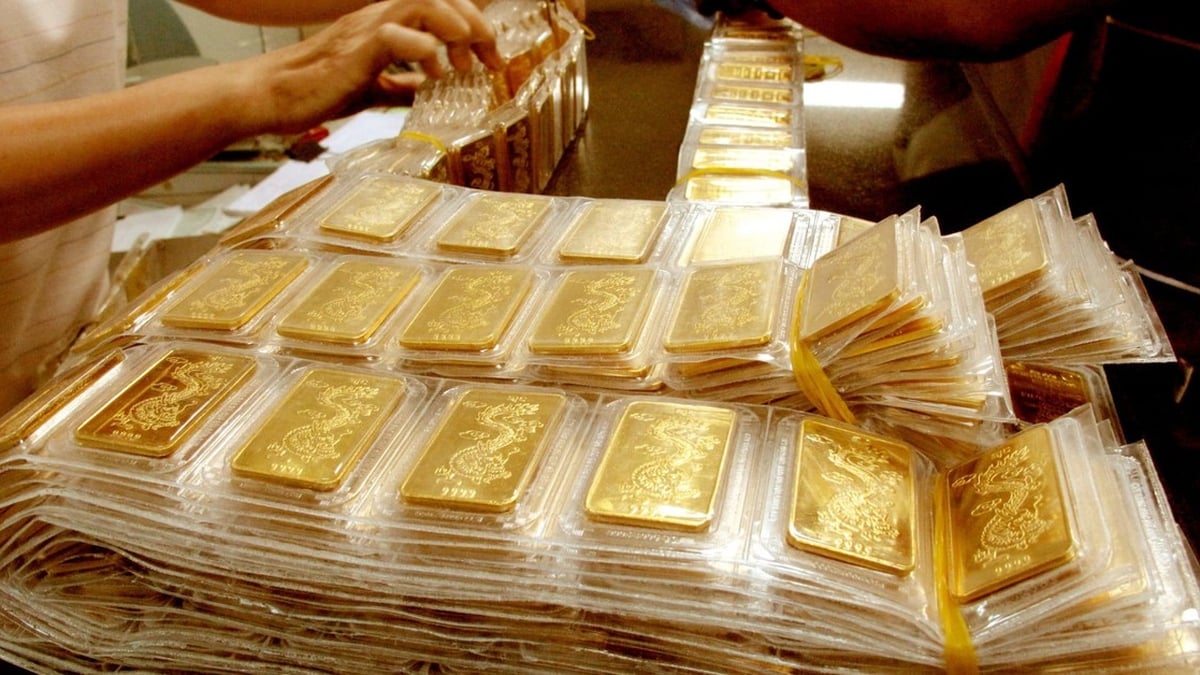


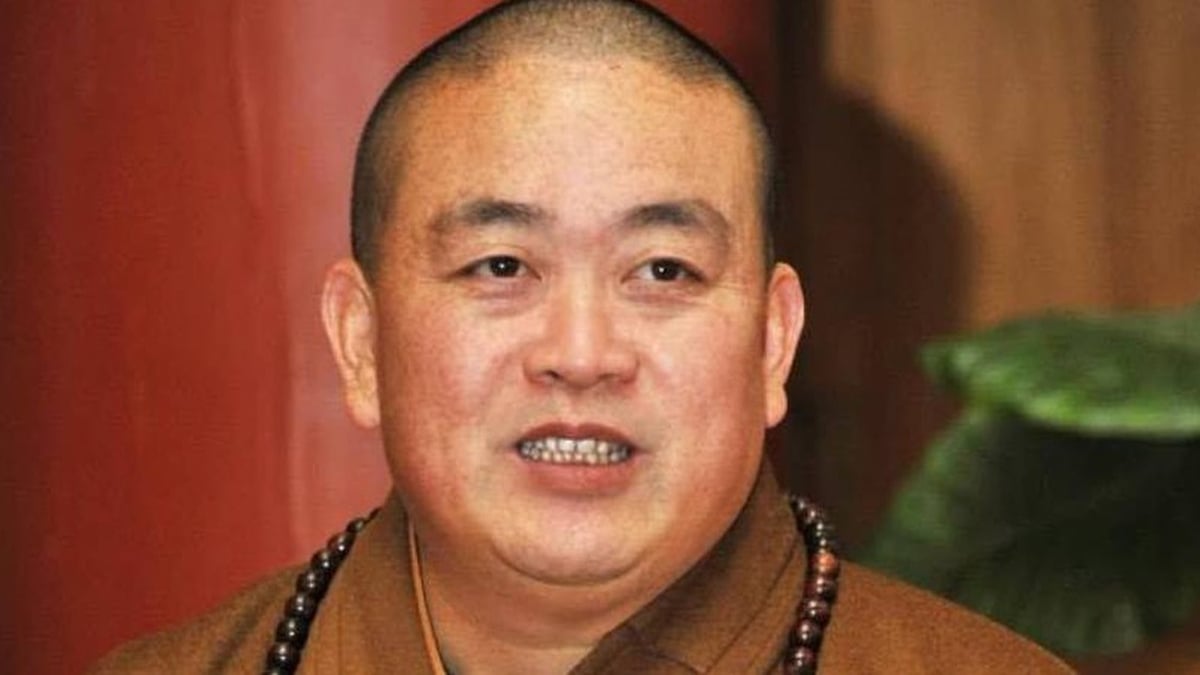
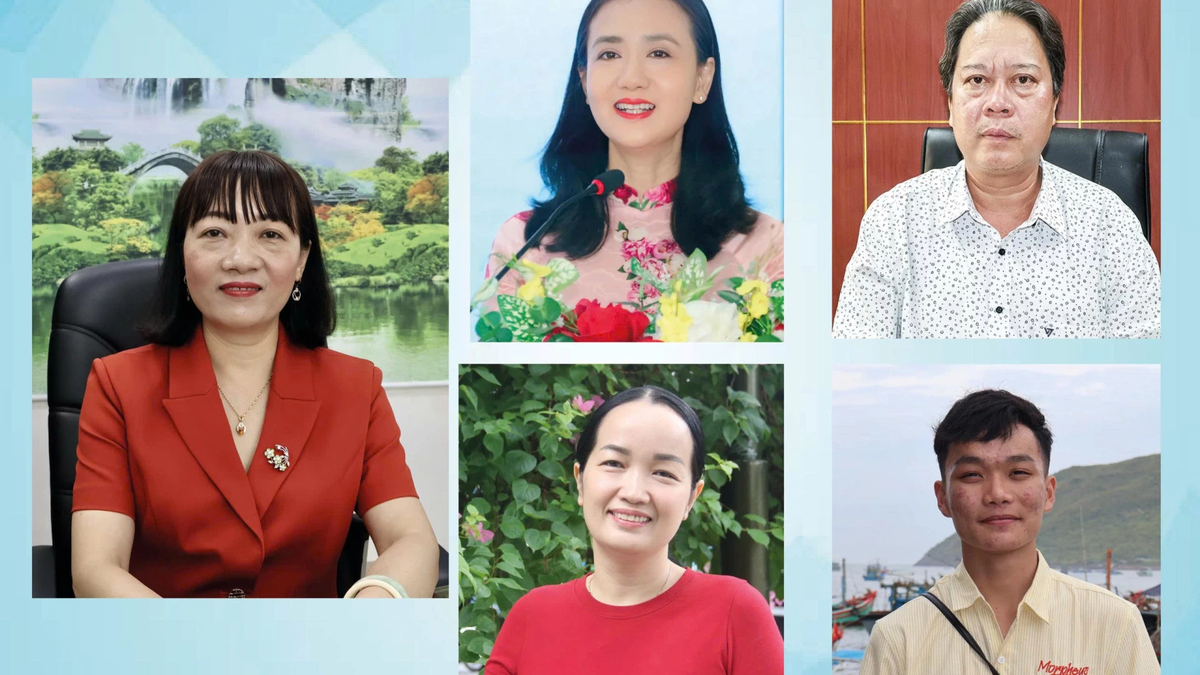
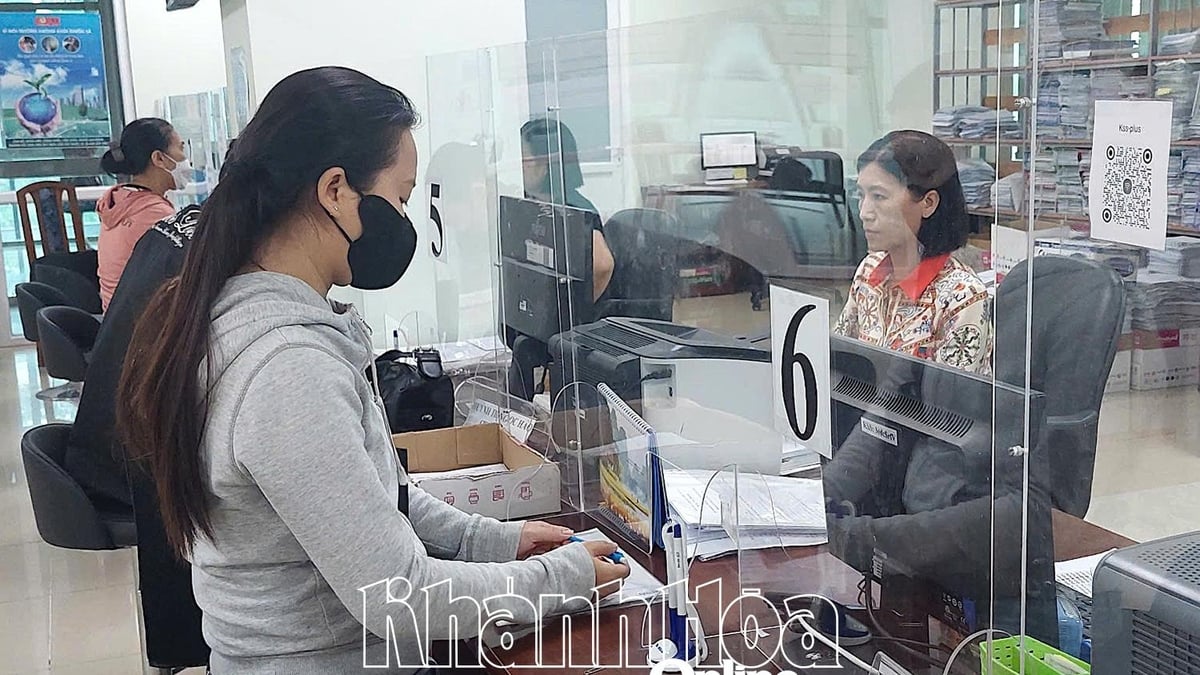






















































































Comment (0)